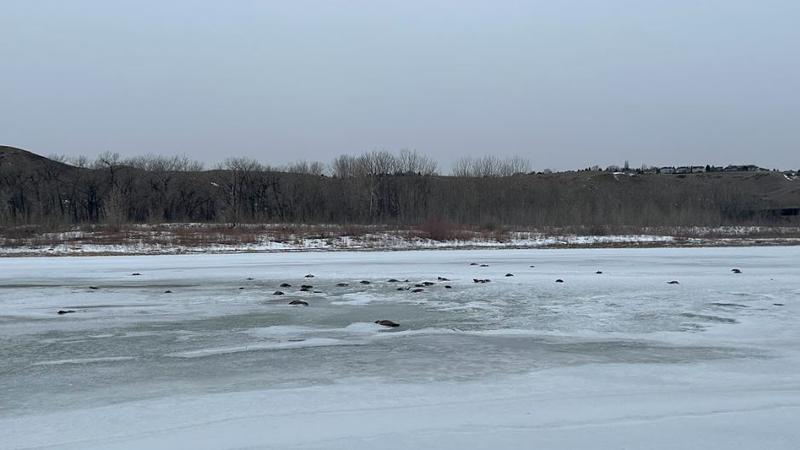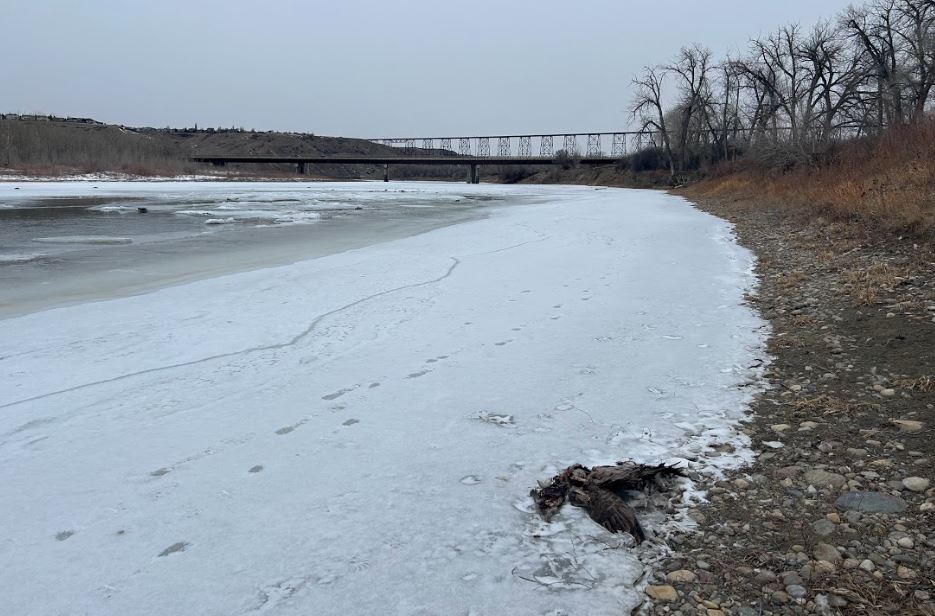
City working alongside Lethbridge College to identify cause of death for hundreds of dead birds
(WARNING: SOME PEOPLE MAY FIND THE PHOTO’S IN THIS STORY DISTURBING, READER DISCRETION IS ADVISED.)
LETHBRIDGE, AB – If you’ve taken a stroll around Henderson Lake or even the Lethbridge river bottom in the past month, you may have come across one or two deceased birds.
While it’s not uncommon to come across a dead animal who may have fallen victim to the elements outdoors or an animal of prey, the amount of birds that have succumbed to avian influenza (H1N5) could come as a shock to some.
Dr. Everett Hanna at the School of Environmental Science at Lethbridge College estimates that thousands of birds have been infected and fallen ill to the disease in Lethbridge over the past year alone.




